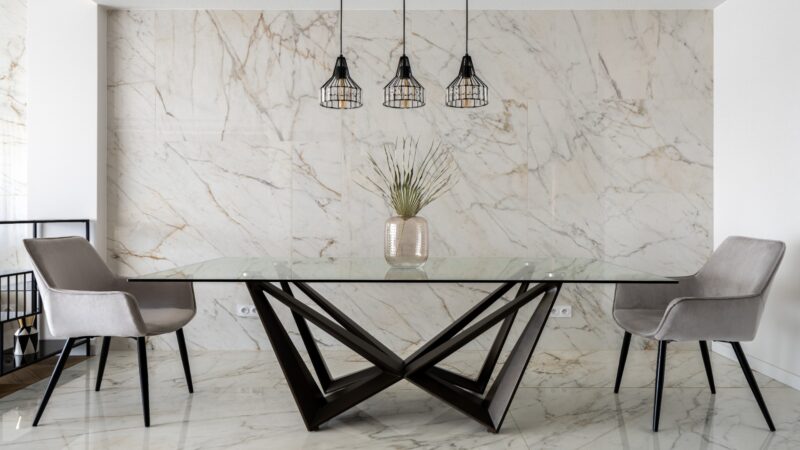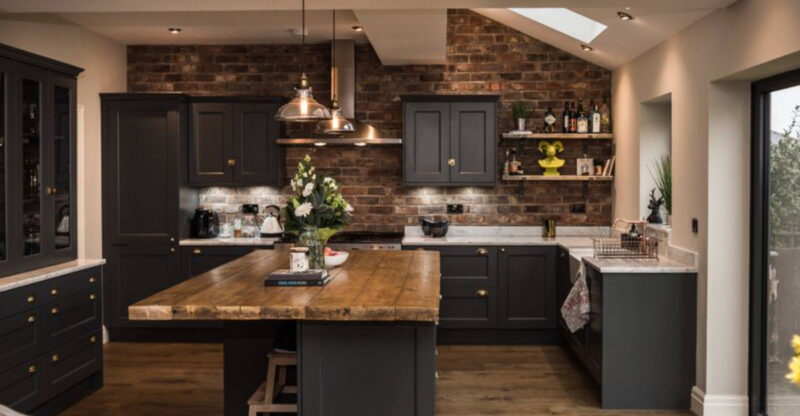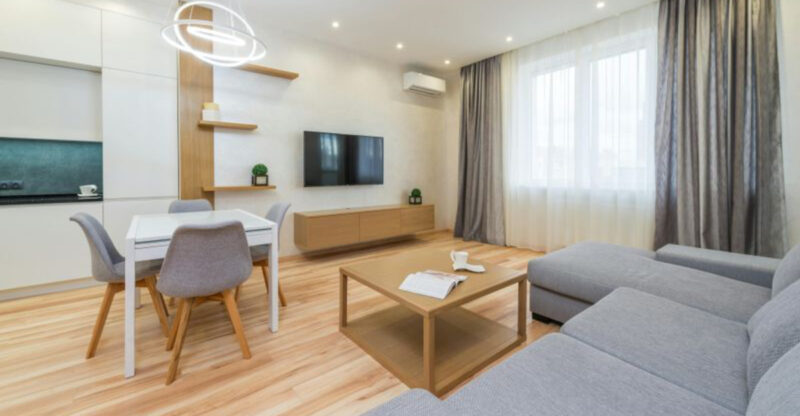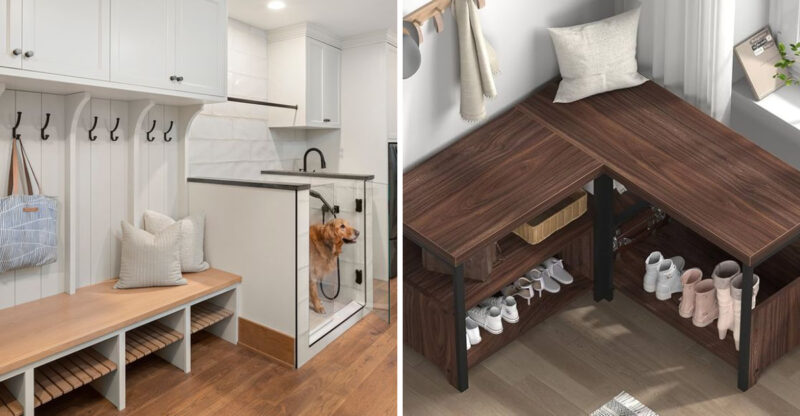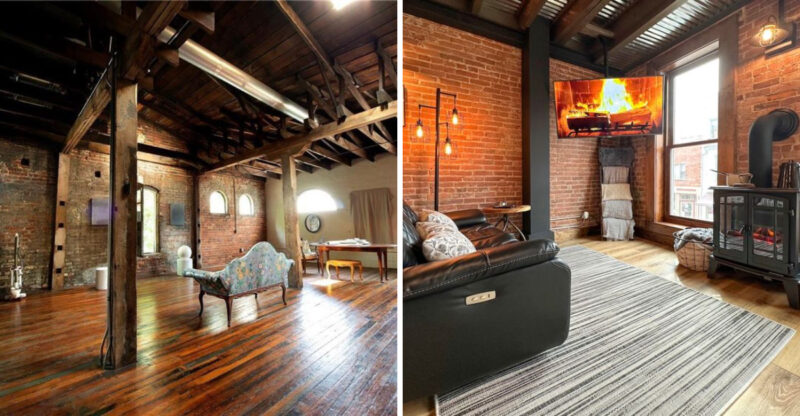Interior Design Mistakes That Could Make A Home Feel Smaller
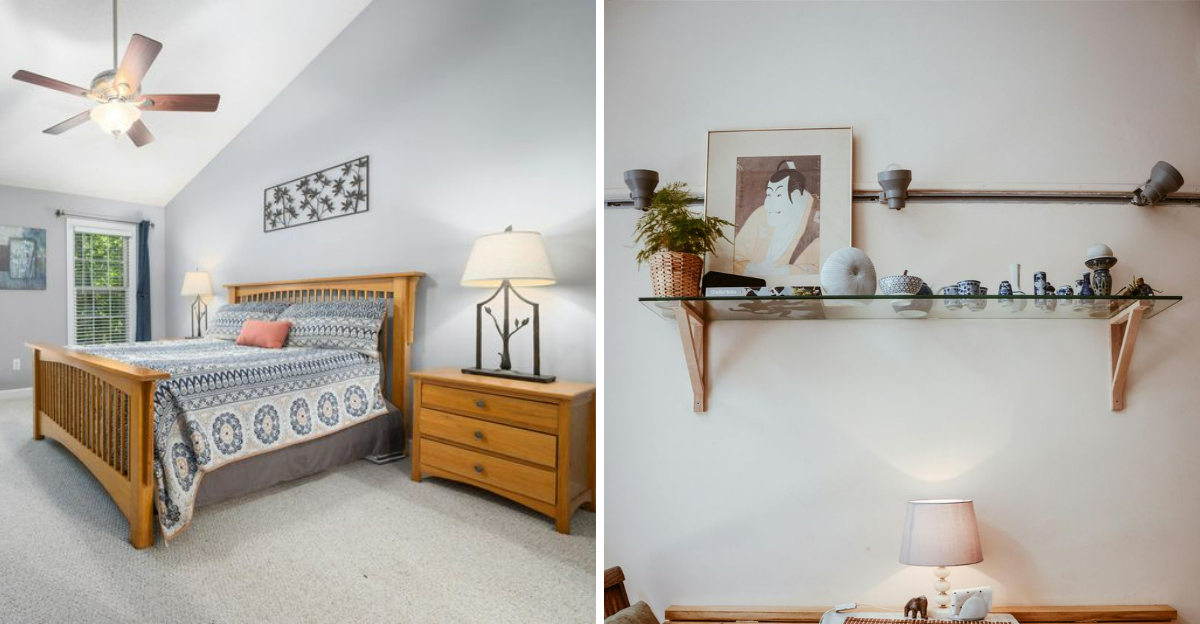
Ever stepped into a room and felt it shrink around you? Often it’s not the square footage but the design choices that create that effect. Even large rooms can feel tight if they’re arranged or decorated the wrong way. Here’s a look at some common interior design mistakes that could be making your home feel smaller.
The information in this article is based on general design tips, results may vary depending on layout, furniture style, and personal preferences.
1. Overcrowding With Furniture
The temptation to fill every corner with furniture is strong, especially when there are so many beautiful pieces to choose from. But cramming too many items into a limited space creates obstacles that disrupt flow and make navigation difficult.
Consider quality over quantity. Select fewer, multi-functional pieces that serve your needs without overwhelming the space. A sleek sofa with built-in storage, for instance, eliminates the need for extra cabinets.
2. Dark Wall Colors Throughout
Rich, deep colors create cozy atmospheres but can visually shrink your space when used excessively. Dark walls absorb light instead of reflecting it, making rooms appear more confined and shadowy than they actually are.
Lighter shades bounce light around, creating an airy feeling that expands visual boundaries. If you love darker tones, consider using them as accents on a single wall or through decorative elements like pillows and artwork instead.
3. Bulky Window Treatments
Heavy, ornate curtains might seem luxurious, but they block precious natural light and visually weigh down your space. Those thick fabrics and elaborate valances consume visual real estate and make windows appear smaller than they are.
Streamlined options like simple panels or blinds maintain privacy without the bulk. Hanging curtains higher and wider than the actual window frame creates an illusion of larger windows and higher ceilings, instantly expanding the perceived dimensions of your room.
4. Low-Hanging Light Fixtures
Pendant lights and chandeliers add character, but positioning them too low creates visual barriers that segment your space. When hanging too close to eye level, these fixtures become obstacles that draw attention to ceiling height limitations.
Proper fixture height varies by room function. Over dining tables, lights should hang 30-36 inches above the surface, while in walkways, fixtures should allow at least 7 feet of clearance. Recessed lighting can be an excellent alternative in rooms with low ceilings.
5. Too Many Small Decorative Items
Collections of tiny knickknacks create visual clutter even when neatly arranged. Multiple small items fragment attention and make spaces feel busy and confined, regardless of how meaningful each piece might be.
Fewer, larger statement pieces create focal points without overwhelming the eye. Try rotating beloved collections seasonally instead of displaying everything at once. This approach preserves your personal style while maintaining visual breathing room.
6. Pushing Furniture Against Walls
The instinct to maximize floor space by shoving all furniture against walls actually creates a boxy, rigid feeling. This arrangement emphasizes the room’s boundaries rather than its interior space and often results in awkward conversation areas with too much distance between pieces.
Floating furniture away from walls creates breathing room and more natural traffic flow. Even pulling pieces just a few inches out can make a difference. Try arranging conversation areas where people can easily talk without raising their voices.

